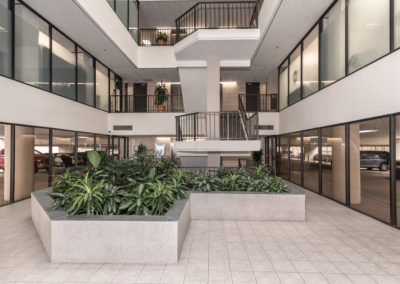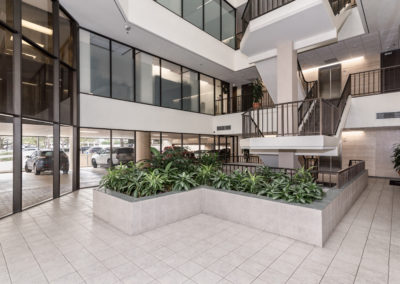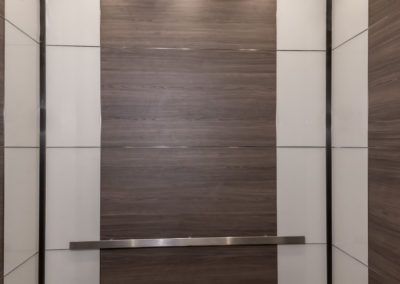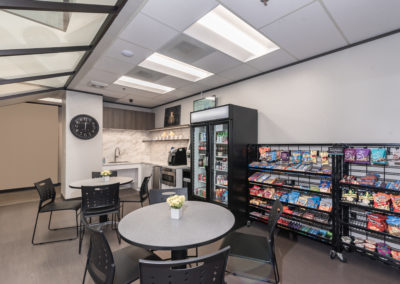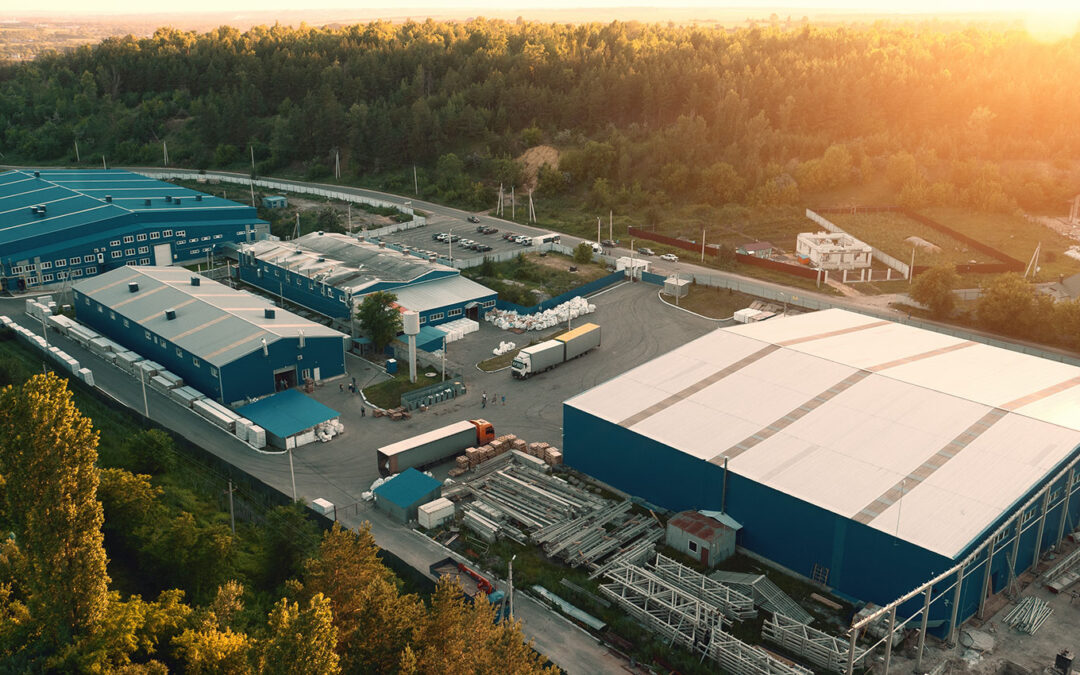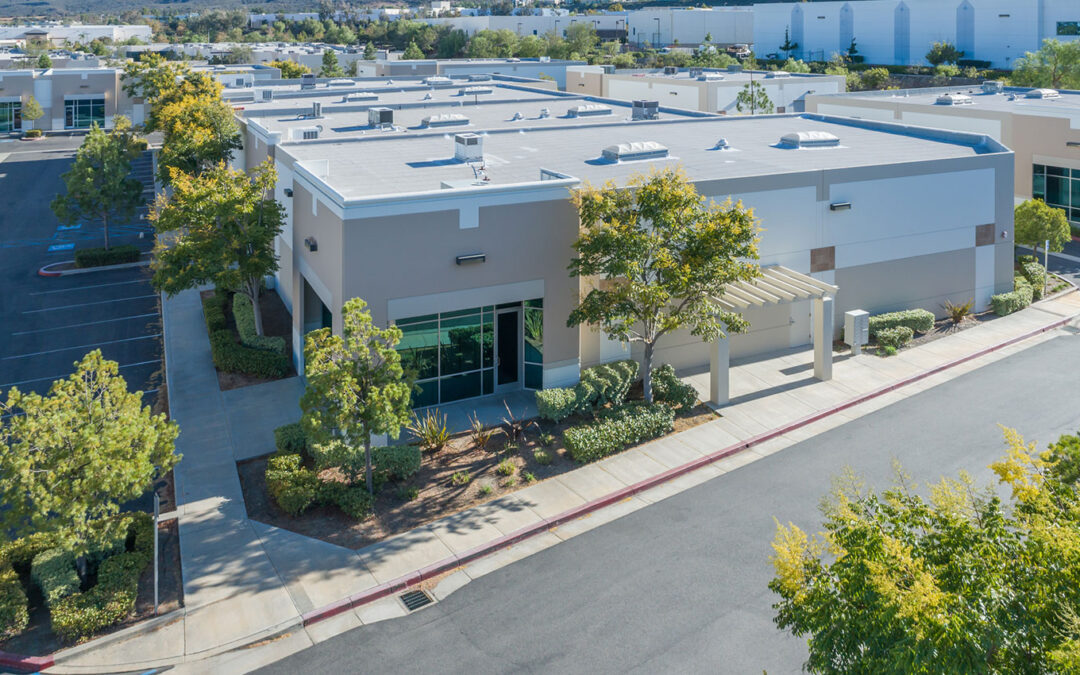The central business district has long been a corporate mainstay. It’s where a city’s movers and shakers hash out important deals. It’s a centralized spot with the eateries, transportation and office space that make day-to-day business doable. It’s a hub for many in the business community. At least, it was before the pandemic took hold.
Between work-from-home orders that led many professionals to transform living rooms into office spaces — and led to closures for many restaurants and retail sites — the COVID-19 pandemic has altered the way companies everywhere carry out their work. And as a result? Although the central business district maintains an important role in our world, its position has shifted slightly. Here’s a look at some key points you should know.
The Evolution of the Business District Was Already Underway
We’ve spoken at length of the ongoing trend of repurposing existing spaces for new uses. This recent shift is a logical next step in that line of thought, albeit on perhaps a slightly quickened timeframe. Bloomberg CityLab likens the change to the “deindustrialization” around the 1980s that saw artistic venues, residences and the like take root in former manufacturing spaces. Although many businesses have returned to traditional office work, thereby moving back into their business district digs, there’s plenty of opportunity for commercial spaces emptied by companies seeking a different path.
Business Districts Are Evolving — But Aren’t Going Away
The central business district was designed for convenient commerce. It sits in populous, easily accessible areas that typically feature great amenities. (Put simply, the location can’t be beat!) As such, the structures that make it up provide tremendous opportunity for new businesses seeking to establish themselves or grow. If you own (or have contemplated purchasing) a building in a central business space environment, chances are it remains a solid investment. As for the central business district itself? Bloomberg suggests that the coming years will see such spaces spread out across cities, rather than remain in one specific geographic area.
Looking ahead, we expect the business district to remain relevant and important. As with so many other aspects of the pandemic, however, it might just look a bit different. If you have questions on any of the above — or would like insight into another aspect of commercial real estate — feel free to contact the Belvoir team. We look forward to hearing from you! For more information on how things have changed, you can check out our blog from peak Covid times.


